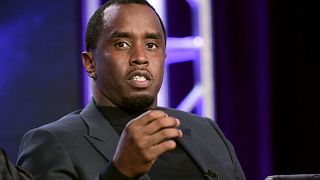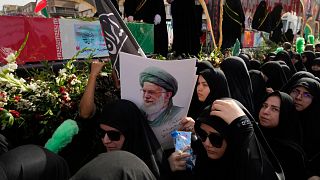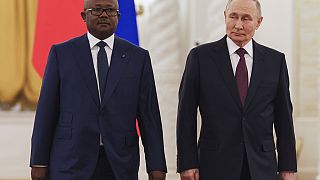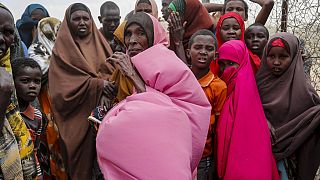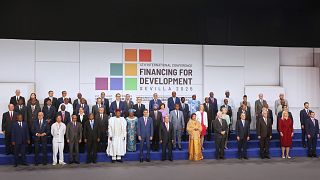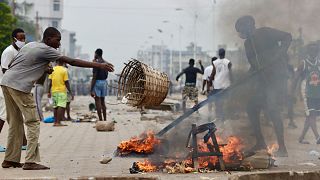“If we stay in Somalia it’s a problem, if we leave it’s another problem,” Omar an 18 year old Somali migrant who was rescued by Italian coast guard laments.
He left Somali two years ago to embark on the dangerous journey to Europe, through Uganda to South Sudan before arriving in Libya.
At 16, Omar would rather risk his life than to stay not knowing what lies head after the Islamist group al- Shabab threatened him and his family for not joining them. He almost drowned when the boat he and other migrants were packed in sunk. Omar was one of the lucky ones to have escape death when an Italian ship came to their rescue.
“In my village, al-Shabaab recruited all the young boys to work with them, They would kill people,” Omar added. A record 90, 000 unaccompanied child migrants are crossing the Mediterannean to Europe.
According to UNICEF, in its publication, “Mediterranean Child Alert – Danger to every step of the way” released on June 14, a major challenge to the current migrant crisis is breeding “invisible” refugee and migrant children.
From January to May this year, the number of unaccompanied children from north Africa to Europe reached 7000.
“If you compare to the same period last year from January to May, we had two thirds of the children on the move from north Africa to Sicily who were unaccompanied and now we are looking at 92 percent which is a staggering figure and of course great concern to UNICEF as it should be for all governments and authorities” said Unicef spokesperson on Refugee and migrants crisis, Sara Crowe in an interview with Africanews.
The reasons for which these young people under age 18 risk their lives vary but the underlying factors are conflict and extreme poverty.
“Sometimes they are just simply fleeing for a better life, so they are very many cases, very many reasons but the bottom line, they are under 18 no matter whether they are refugees or migrants they are still children and each country and authority has a duty of care and responsibility to those children,” Crowe added.
Horrific accounts
These children face heightened risks of abuse, exploitation and trafficking. In the case of Omar, he was assaulted and imprisoned by human traffickers in Libya.
“Here I have traces of the burns marks. In the prison where I was, there were 6 people that died,” he said
“The road is very, very dangerous. We saw skeletons in the sand.There ere many soldiers on the way, and some like to rape girls,” said another Nigerian teenage migrant from Benin City in Edo state.
“I stayed in Libya 1 month and 2 weeks. They treat us bad. Even sometime we can’t eat, even to drink water. We don’t have water. We don’t have clothes to change. We can’t bathe.”
After losing her parents in a road accident, her relatives decided to marry her off to a 40 year-old man. “He’s older than my dad, but the aunt said “If you don’t marry this man, I will poison you,” she told UNICEF.
“We just came to Tripoli to work but you know – they threat you as an animal. I had one friend here, they shot his arm, you understand, they beat you with gun,” said another teenage migrant from Ghana.
“In cases of young people from Eritrea, from Somalia, even Gambia, they are fleeing forced recruitment into various forms of military groups, rebel groups or radical groups depending on which country we are talking about,” said Crowe
At least 184,500 people have crossed the Mediterranean to enter Europe since the beginning of 2006 and appealed to their countries of origin to address the root causes of migration.
UNICEF said it “is revising its funding needs and programmatic response to adapt to the needs of refugee and migrant children in Greece, Turkey, Italy and other European countries. However, a major challenge in the current migrant crisis is reaching “invisible” refugee and migrant children.
“It is the responsibility of those states to take care of their children and given them opportunities. So our message is to all authorities and to the European countries who received them, is to tackle the root causes of why these children are forced to flee, Crowe told africanews.
She mentioned some major drivers of migration such as conflicts, extreme poverty, instability and insecurity which if not check will keep people on the move.
“So that means greater support for families and children, developing education, health systems, that kind of body of basic services that supports a child and a child’s family,” Crowe added
The reasons behind the surge in numbers cannot be easily explained according to Unicef. An estimated 235,000 migrants are said to be in Libya, many of them lone children.




